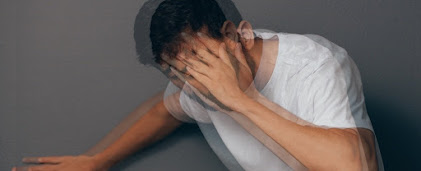Ever Wondered how one-way windows work?
Ever Wondered how one-way windows work?
If you have seen a regular mirror that's gotten a little old closely, you might see the reflective layer slightly worn out in parts and a black compound is revealed. Why? So basically in mirrors, a pane of glass is sprayed on with a highly reflective metal through a process called silvering to have a medium to reflect all incoming light and that's how we see ourselves. But all the light is not completely reflected, and some of it manages to pass through minuscule perforations. So behind the reflective layer is a dark, opaque layer to permit light from passing through. Without this layer, you might be able to see the wall behind too. The reflective layer may be silver, nickel, tin, or even aluminium.
Now coming to our point of wonder, one-way windows, These have a slightly different principle. On a normal see-through piece of glass, one side is coated with a reflective layer that is thinner and less dense than the one seen in the mirrors. Oh, and that opaque layer on the back, that is absent here. So that makes it a window that's slightly reflective on one side. But how does the suspect only see the reflection of themselves if it's not that reflective? Well, have you wondered why the cops always stand in the darker room? That is the answer right there. The suspect side is reflecting much more light which is why they see their reflection whereas on the observer's side more light is coming through the glass which allows them to view through.
Nowadays with such vast advances in technology, there are presently mirrors in which the level of seeing through can be controlled spontaneously with a snap of a button. These are referred to as electro-chromatic mirrors. These mirrors have up to 5 layers of coating of electrochromic material. The tint of this glass is controlled by the voltage being applied to the glass itself. Applying a low voltage of electricity darkens the coating as ions and electrons transfer from one electrochromic layer to another. Removing voltage, and reversing its polarity, causes the ions and electrons to return to their original layers, causing the glass to lighten and return to its original state.
So next time you are in front of a reflective window, remember not to do silly embarrassing stuff, because you've got eyes on you👀.





Woahh I actually didn't know that 😮. Awesome ❤️
ReplyDeleteDamn , never thought about this! Awesome work:)
ReplyDeleteThanks for the article... had no clue about this tech.....have a lot of catching up to do....
ReplyDeletenoice
ReplyDelete